Duramax History, Lesson 5: LML
In order to meet ever-increasing emission standards and keep up with the Joneses (at the time, Ford’s upcoming 6.7L Power Stroke), GM amended the Duramax once more for the 2011 model year. The fifth generation common-rail V8 was given the RPO code LML. While it was nothing like a full redesign—it still displaced 6.6L, used a cast-iron block with aluminum heads and sported a 16.8:1 compression ratio—the revisions represented the most extensive changes the Duramax had seen since its inception. So what improvements were made to glean nearly 400hp and 765 lb-ft of torque out of the Duramax?
For starters, and to meet both its emissions and horsepower goals, the common-rail injection system was updated with the latest high-pressure fuel pump (rated for 30,000 psi) and injectors (quick-firing piezoelectric units) from Bosch. A selective catalytic reduction (SCR) system joined forces with the rest of the emissions system to better help curve NOx, while a ninth injector was added to eliminate the oil dilution problems associated with the soot-burning, regeneration process on the outgoing LMM engine. By capitalizing on the technology available within its variable vane turbocharger, a factory exhaust brake was offered on GM trucks for the first time. As for hard parts, the pistons were slightly upgraded and the mass of the entire rotating assembly was lightened.
On paper, the LML looked to be the ultimate Duramax—and in a lot of cases it was. Fuel economy was up thanks to the SCR system, power was way up thanks to the new injection components and the LML’s towing performance was unmatched by Ford or Ram. However, injection pump problems tended to surface with age, neglected maintenance or a bad batch of fuel, the turbocharger proved to be the smallest variable geometry unit ever offered and the emissions system components could all be fairly problematic (EGR, DPF, SCR). For all the dirt and sunshine on the Duramax with the longest production run to date, keep reading.
LML Hard Facts
| Production | 2011-2016 | Valvetrain | OHV, four valves per cylinder, single cam |
|---|---|---|---|
| Design | 90-degree V8 | Injection System | Bosch high-pressure common-rail, direct injection |
| Bore | 4.06 inches | Injectors | Bosch piezoelectric |
| Stroke | 3.90 inches | Injection Pump | Bosch CP4.2 (30,000 psi) |
| Displacement | 6.6L (403 ci) | Turbocharger | Garrett GT3788VA VVT |
| Compression Ratio | 16.8:1 | Intercooler | Air-to-air |
| Block | Deep-skirt, cast-iron (gray iron alloy) | Emissions | Dual circuit EGR, DOC, DPF, SCR |
| Rods | Forged-steel, Fractured (cracked) cap | Horsepower | 397hp at 3,000 rpm |
| Pistons | Cast-aluminum | Torque | 765 lbs-ft at 1,600 rpm |
| Heads | Cast-aluminum with six 14mm diameter head bolts per cylinder (with sharing) |
The Strongest Block Yet
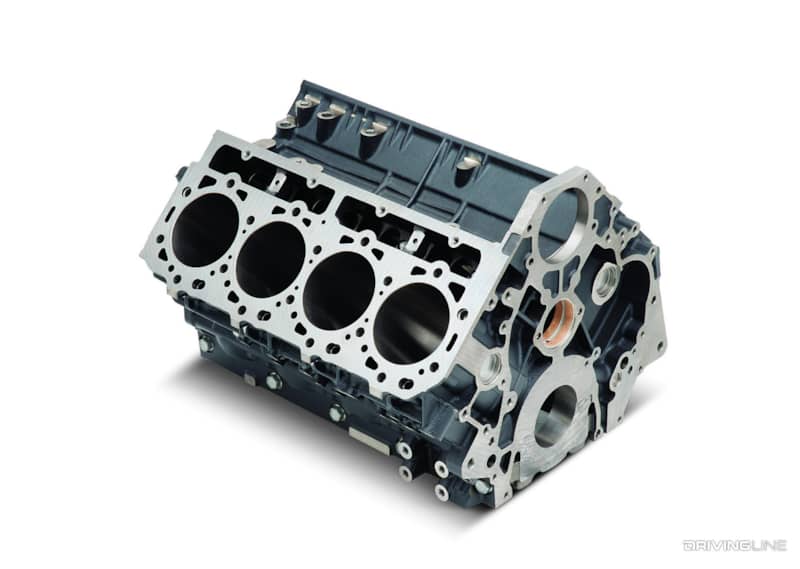
An improved casting and revised main bearing profile (to enhance oil film thickness in this vital area) highlight the key areas of improvement on the LML block. Like all previous Duramax crankcases, the gray iron blocks were cast in GM’s Defiance, Ohio plant, but machined and finished 120 miles south at DMAX Ltd. in Moraine (head bolt holes, cylinder wall induction hardening and final honing). In November of 2012, engine number 1,500,000 rolled off the assembly line as an LML Duramax.
Higher Flowing Oil Pump
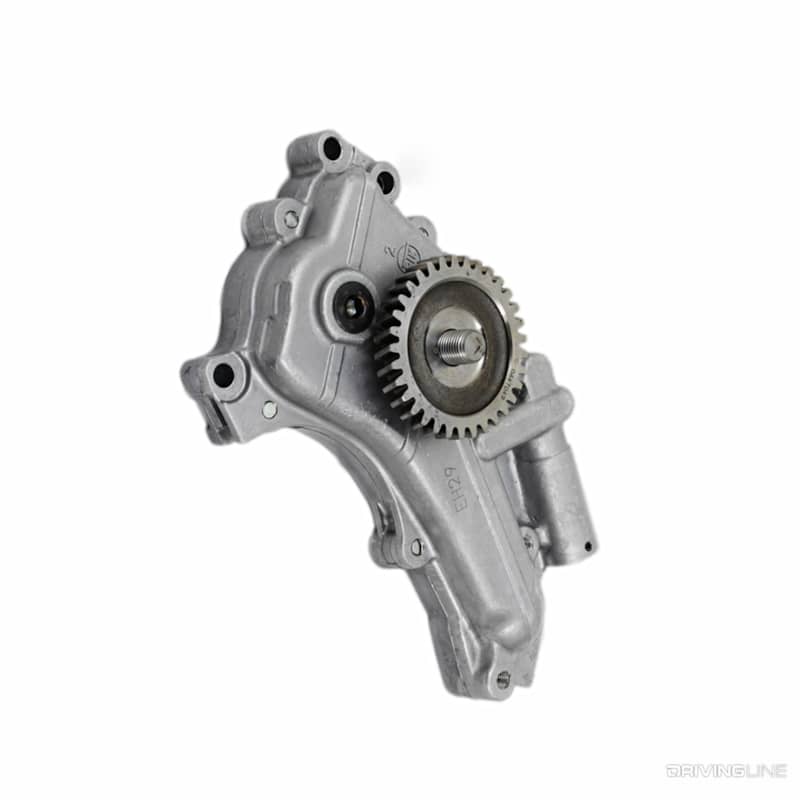
With increased horsepower comes increased heat and cooling demands. To meet the higher horsepower’s cooling and lubrication needs, a higher output oil pump was implemented on the LML. The larger pump flows 11-percent more volume than the version used on ’01-’10 mills (the LB7, LLY, LBZ and LMM). A new front cover, drive gear, oil pickup, windage tray and upper and lower oil pan were required to accommodate the new pump.
Lightweight (but Stronger) Pistons
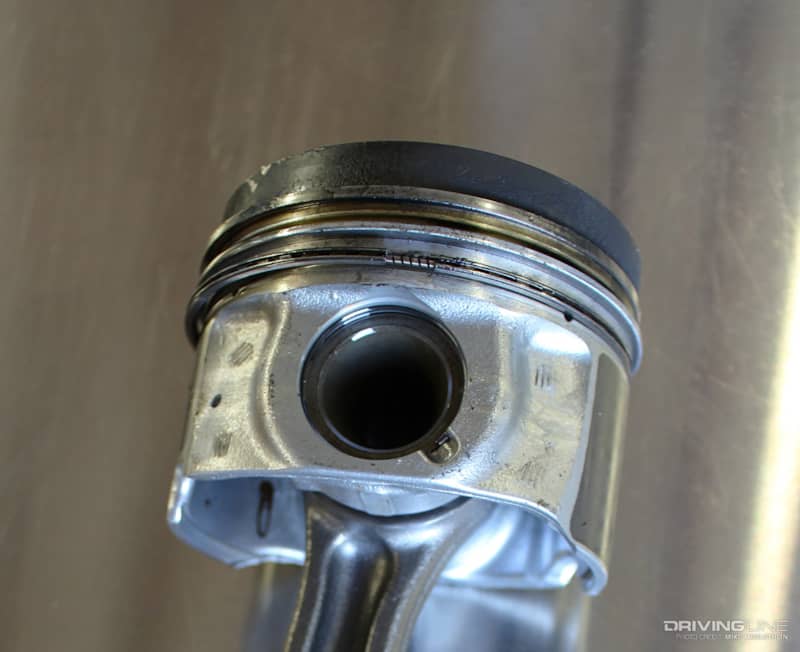
Though the LML’s cast-aluminum pistons are similar to what is found in the LBZ and LMM engines, the versions used in the LML are void of wrist pin bushings (a major weak point in LBZ/LMM pistons) and the wrist pins themselves feature modified ends for improved piston support. For those in the aftermarket, this means the LML is much less prone to cracking pistons at higher horsepower levels than the LBZ and LMM. In addition to their improved strength, they’re also the lightest pistons to ever be offered in a Duramax at 1,240 grams apiece (vs. 1,272 g on the LB7/LLY and 1,349 g on the LBZ/LMM).
Lightest Duramax Rod
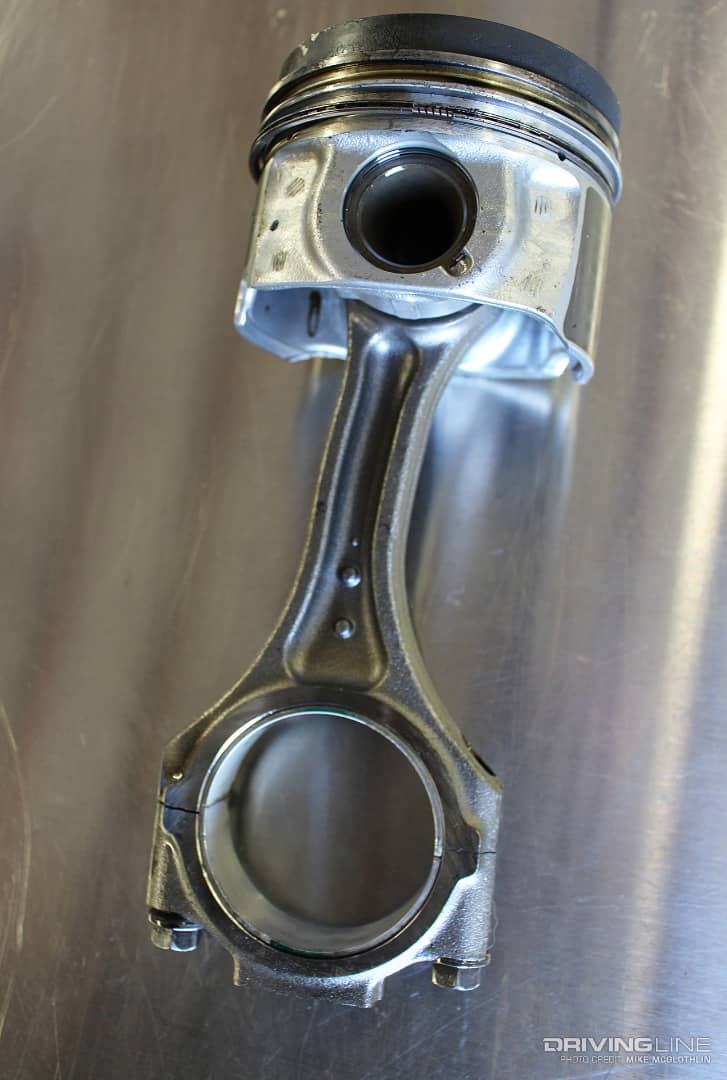
The LML’s connecting rods are still forged from steel, feature a cracked cap design (which provides for perfect fitment onto the crankshaft) and embody roughly the same strength and architecture as the LBZ/LMM rods. However, they weigh less. At 1,130 g apiece, they’re even lighter than the rods used in the LB7. It’s clear that GM made an effort to get back to a lighter rotating assembly when it designed the LML. Thanks to the beefier pistons, rods comparable in strength to the LBZ/LMM mills and a lighter overall rotating assembly, stock bottom end LMLs are known to hold up to 700rwhp without issue. Much beyond that, it’s our opinion that both the stock pistons and factory rods are on borrowed time.
From Japan With Love
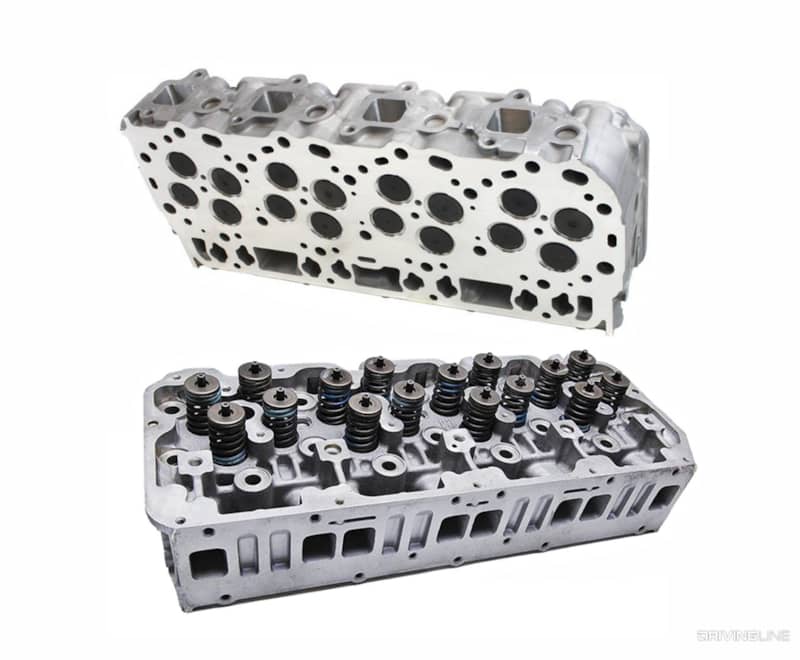
No significant changes were made to the cylinder heads for the LML, but the gravity cast operation to make them continued to be conducted by Isuzu over in Japan. If you recall, GM and Isuzu partnered up on the Duramax project in the late ‘90s, and it’s a cordial relationship that still survives today. Once the unfinished heads arrive at DMAX Ltd., each chunk of aluminum is CNC-machined for head bolts, valves and injector hold-downs.
State-of-the-Art Injectors
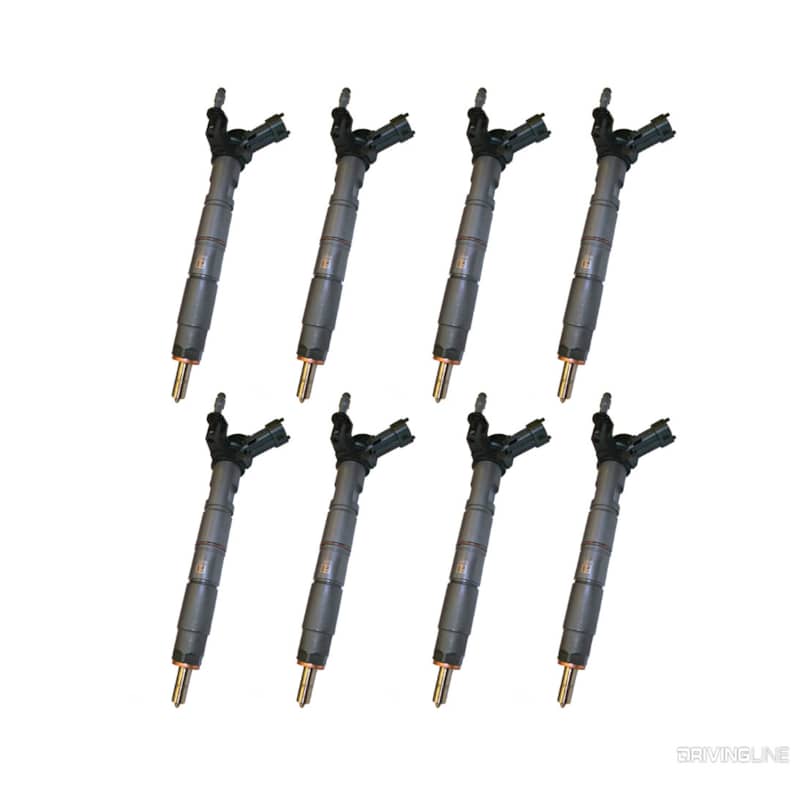
Advancing the common-rail injection system is a set of eight quick-firing, higher-pressure piezoelectric injectors. Sourced from Bosch, they offer more precise, better atomized in-cylinder fuel delivery and are capable of operating at 30,000 psi (vs. 26,000 psi on the LMM that preceded it). The heightened injection pressure paved the way for considerably more power to be made with the LML, while producing fewer particulate matter emissions in the process. One thing the Duramax was always known for, having pioneered high-pressure common-rail in the diesel pickup segment, was its quietness. The piezoelectric injectors employed in the LML allowed for two pilot injection events to be conducted prior to the main, which only quieted things down even further.
Bosch CP4.2: The Achilles Heel
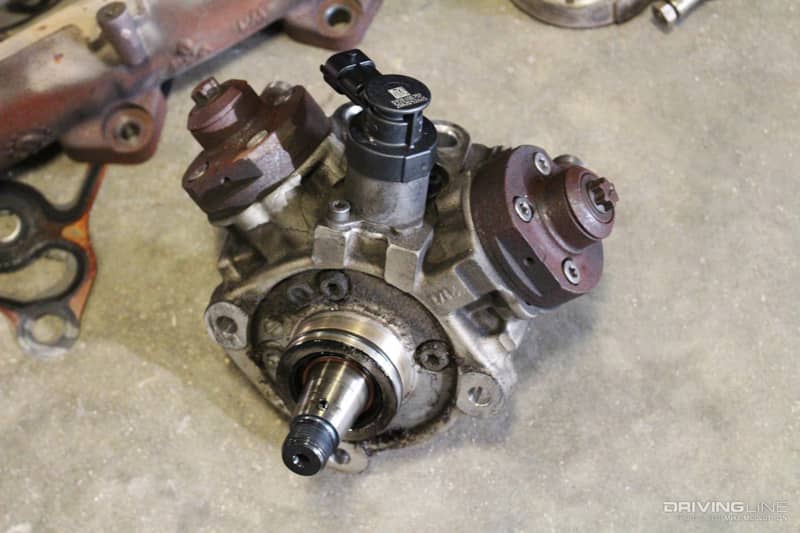
Directly supporting the piezoelectric injectors is the Bosch CP4.2 injection pump. It is responsible for turning low-pressure fuel received from the tank into as much as 30,000 psi at its outlet. Unlike the CP3 before it, the CP4.2 is precisely timed to both the camshaft and crankshaft position. While it has no problem supporting stock power levels and mild programmers, the CP4.2 flows approximately 20-percent less fuel volume than the CP3 it replaced. On both stock and modified engines, the CP4.2 is highly intolerant of fuel contaminants or any lack of lubrication. Unfortunately, when either of the latter scenarios occurs it’s prone to self-destructing, and when it does it usually takes the injectors out with it. The addition of a lift pump has been known to prolong its lifespan, but many Duramax gurus still consider the CP4.2 a ticking time bomb.
The Ninth Injector
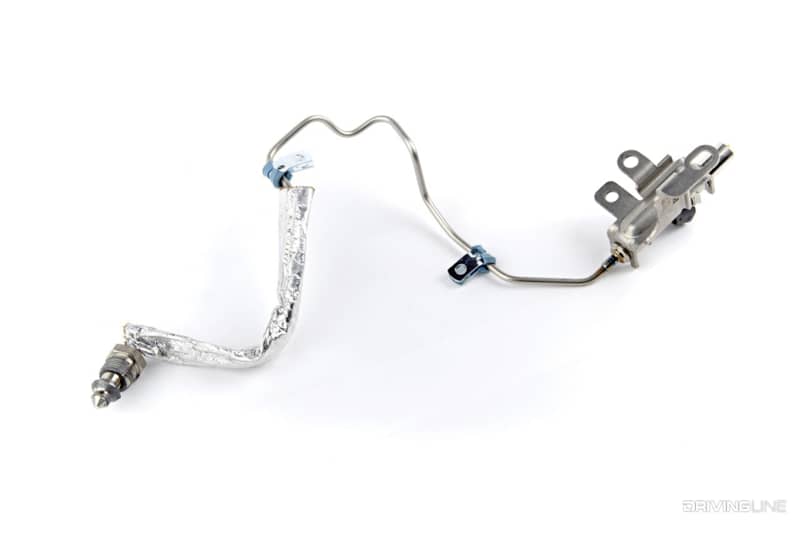
The regeneration (DPF cleaning) process is a bit different from what was used on the LMM. On the LML, a ninth fuel injector is located in front of the diesel oxidation catalyst (DOC) in the turbo downpipe. It receives its fuel from the aforementioned CP4.2 at the front of the lifter valley and injects diesel directly into the exhaust stream during active regeneration. Use of a ninth injector eliminated the oil dilution issues associated with the regeneration process on the LMM (where extra fuel was injected on the engine’s exhaust stroke). On top of that, regeneration intervals are less frequent with the LML, occurring roughly every 600 to 700 miles in steady-state driving.
DEF: The Super Fluid
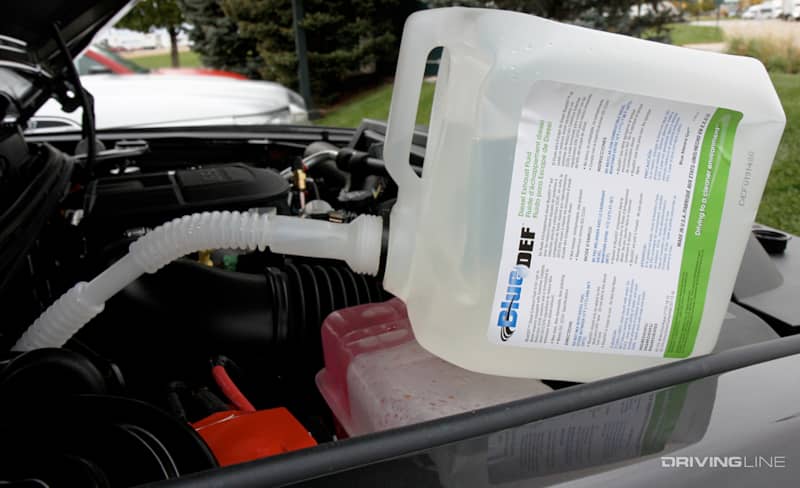
To further reduce NOx without using more EGR, selective catalytic reduction (SCR) technology was added to the engine’s exhaust after treatment system. By injecting diesel exhaust fluid (DEF), a mixture consisting of 32.5-percent urea and 67.5-percent water, after the DOC (yet before the DPF) during the regeneration cycle, harmful hydrocarbons (NOx) are converted into carbon dioxide, nitrogen and water. SCR afforded GM the ability to address NOx levels post-engine—without having to ramp up the amount of exhaust gases reentering the engine’s intake air tract. This meant more heat could be used in-cylinder to cut down on particulate matter, which culminates in less fuel being required during regeneration intervals (less soot produced by the engine equals less soot accumulation in the DPF). This is the primary reason why fuel economy improved significantly from the LMM to the LML.
Turbo Braking
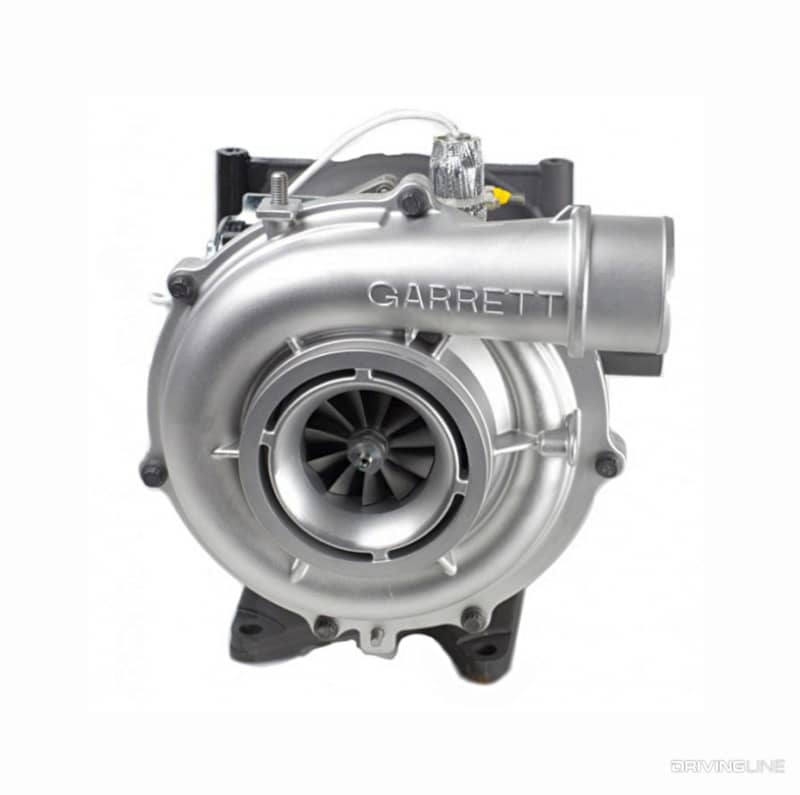
A variant of the variable vane turbo that’d been used since the LLY (’04.5 model year), the Garrett GT3788VA VVT, was responsible for forcing air into the LML. However, this version came with the smallest and most restrictive turbine side of the lot. What was the reason for the restriction? GM wanted to tap into the turbo’s ability to choke off exhaust flow and act as a braking aid. Called an exhaust brake but technically a turbo brake, this new technology debuted at the perfect time, as GM had just treated its ‘11 model HDs to a fully boxed frame, larger leaf springs, a stouter front suspension and fittingly increased its trucks’ towing and hauling capacities.







